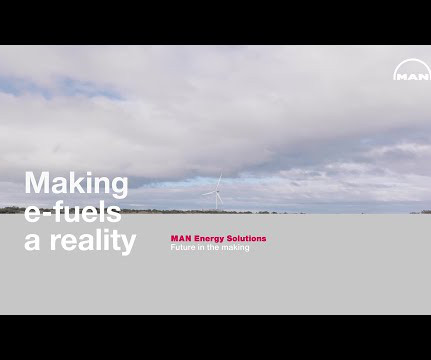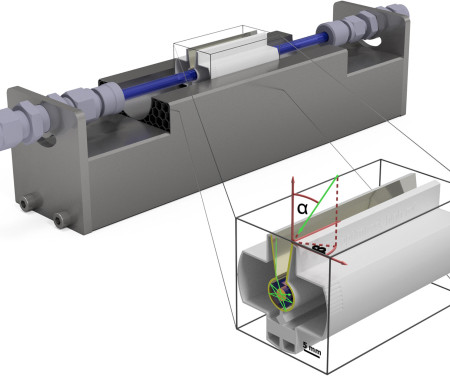Swiss team develops effective and low-cost solar water-splitting device; 14.2% solar-to-hydrogen efficiency
Green Car Congress
AUGUST 25, 2016
As the V OC of the presented c-Si cells is only ∼600 mV, four cells need to be connected in series to achieve stable water splitting performance. We demonstrate in this study that, thanks to their high V OC , three series-connected SHJ cells can already stably drive the water splitting reaction at unprecedented SHE. Schüttauf et al.






































Let's personalize your content